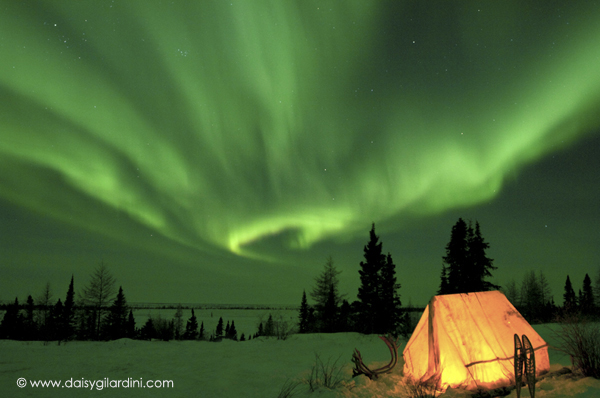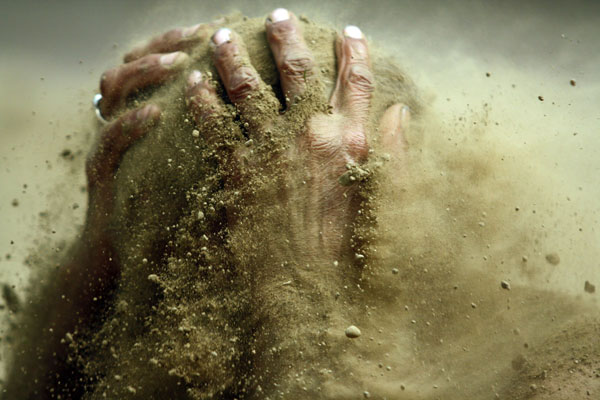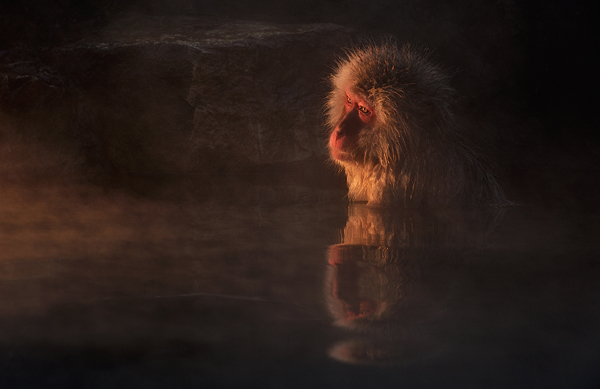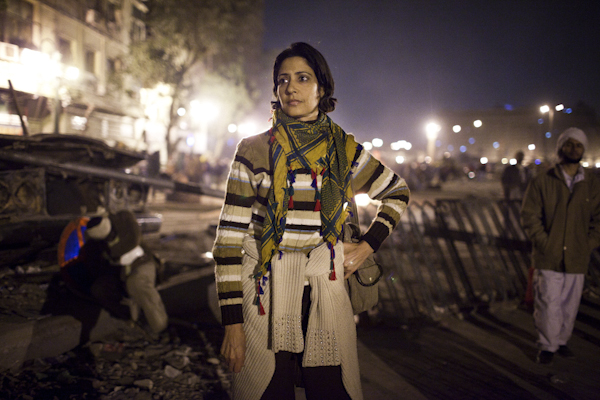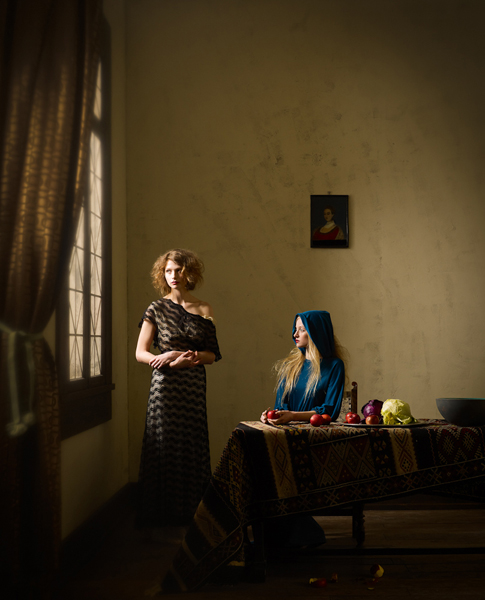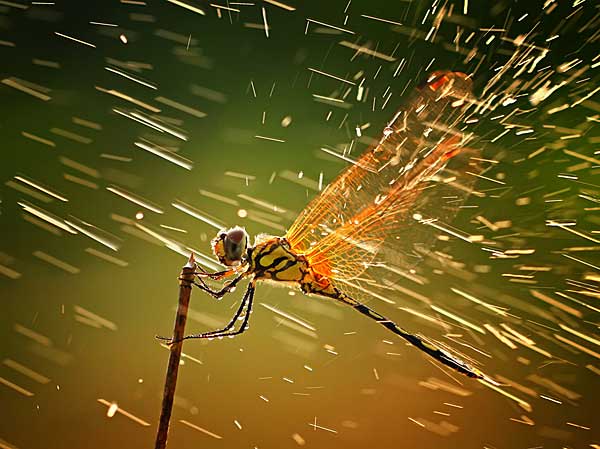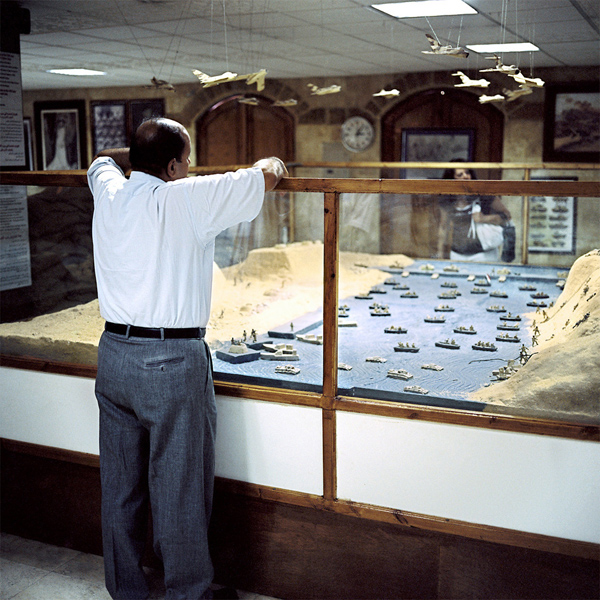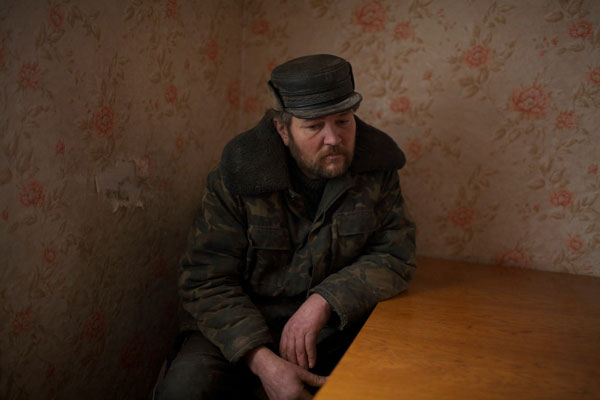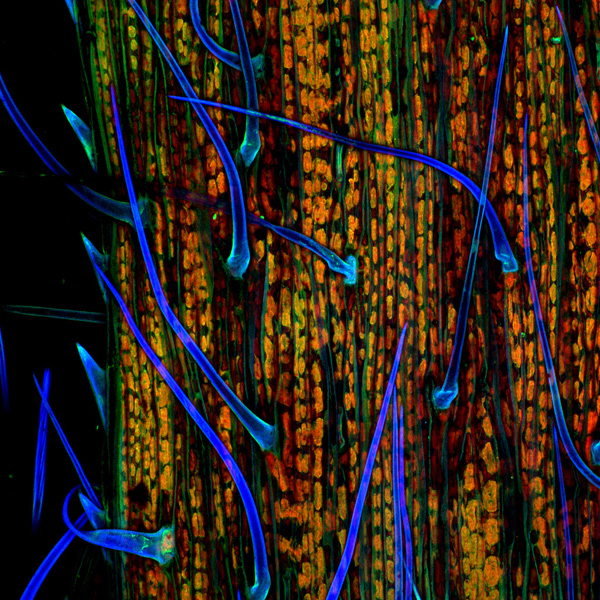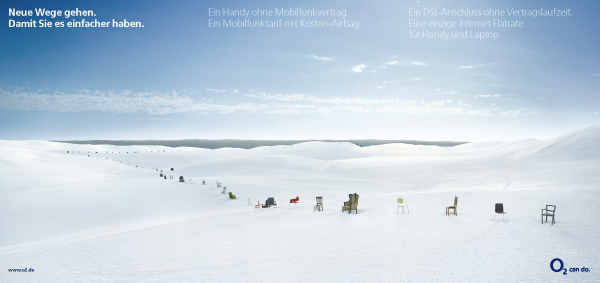Share
Are Photography Contests Worthwhile or Worthless?
Are photography contests worthless? Like most arguments, there are two sides: Yes, photography contests, on the whole, are generally worthless – ...
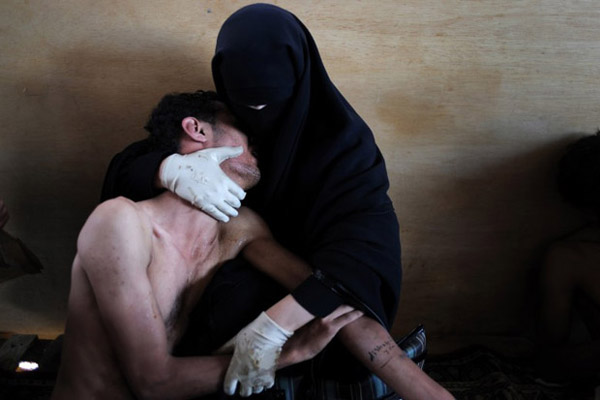
Are photography contests worthless? Like most arguments, there are two sides:
Yes, photography contests, on the whole, are generally worthless – they are a time and money suck, and the organizers are looking to make money or disguise them as a rights grab.
No, they provide value, in that it forces photographers to curate their best work and ultimately push themselves to compete with “the best”. Plus, reading that so-and-so won this-and-that photo contest is kind of like being named Best Smile in the yearbook – many of us tend to pay attention to those awards, even if we’re not sure why.
But before the opining begins, keep in mind that every contest is geared toward a different level of photographer (student vs. amateur vs. pro), genre of photography (documentary, commercial, fine art, etc.), and different buyers are checking out different contests (magazine editors vs. ad agencies, for example).
Below we rate several major photo contests, with a brief overview of each contests’ entry fees, prizes, promised exposure, and feedback from past winners. Our verdict is given on an A-F scale, with “A” being worthwhile and “F” being worthless. Let the grading begin:
Photography Masters Cup
Entry fees: $35 for professionals; $30 for amateur (determined by whether your income is made as a photographer).
Prizes: “Masters Cup Award” title.
Promised exposure: Published in The PHOTO Paper Magazine; showcased in the online Winners Gallery; “international press and exposure.”
What the winners say: Daisy Gilardini, winner in the Nature category for the 5th annual awards, says: “Entering a photo contest is a time consuming task. I enter only a few of the most prestigious photo contest worldwide a year. The benefits are not immediate: I don’t enter a contest for the prizes – I consider this engagement as part of my marketing business plan. It’s a great way to have your name out there and build up a reputation.”
When asked if he would recommend other photographers to enter, Sucheta Das (winner in the Sports category) says: “Yes, definitely. I would ask all professional and young photographers to come forward and enter and show your talent to the world.”
Verdict: D You pay $30-some dollars, and get back zero. Beyond getting to put “Masters Cup Award” in your bio and having your work seen by maybe a few prominent judges, it doesn’t appear that the exposure foots the bill. Not many are talking about this contest (at least online), most buyers haven’t heard of it, and while the copyright remains with the photographer, the organization and “third-party newspapers and magazines” can use your image for “promotional purposes.”
International Photography Awards (IPA)
Entry fees: $35 for professionals’ singe image; $25 for non-professionals; $15 for students.
Prizes: Cash prize of $10,000 for the International Photographer of the Year Award; $5,000 for Discovery of the Year Award; $5,000 for Deeper Perspective Photographer of the Year Award; $2,500 for New! Moving Image Photographer of the Year Award.
Promised exposure: Winners attend the Lucie Awards in NYC – of those, 45 images are selected for a exhibition leading up to the awards show; published in Annual International Photography Awards Book; press release and newsletter sent to 50,000+ IPA members.
What the winners say: Finalists across IPA’s eight main categories in 2011 had mixed reviews. Marsel van Oosten, Nature Pro winner, says: “I consider it to be the Oscars of photography”. Conversely, Editorial Pro winner Jacopo Quaranta says that he didn’t see any direct benefit in the form of new assignments as a result of winning, but “the exposure given by the contest is huge, which is really good because your pictures are seen by a larger number of people and more people may discover you.”
Quaranta also adds that the benefits of entering depend on your genre of photography. “I think IPA is more oriented toward fine art photography,” he says. “If you see the names of people who won every year, there are not many photojournalists.”
That being said, Fine Art Pro winner Chad Holder warns: “We need to be careful not to enter the lame contests that are solely out to make money. Stick to respectable ones, the ones your clients will notice and care about.”
Verdict: B. $10,000 is pretty sweet bait for entering the IPA, and winners’ images have been previously published on websites like BuzzFeed and EYEMAZING. Plus, the exhibition and press release provide a chance to get a good number of eyeballs on your work. But as one past winner notes, be sure that your genre of photography fits the competition.
Smithsonian Photo Contest
Entry fees: n/a
Prizes: Grand prize of $5,000; 5 category winners receive $500; Readers’ Choice winner receives $500.
Promised exposure: Published on Smithsonian website.
What the winners say: Radim Schreiber, who won first prize in the Nature category in the 8th annual contest, says that he considers the win was a milestone in his photography career. “It motivates me to pursue photography further,” he says.
Paul Durhman, a finalist in this year’s Travel category, says: “I have received the benefit of more exposure for my work as well as a definite boost in confidence! Not only are you viewing others’ work – you’re putting your work up against it, which in turn helps you improve.”
Verdict: D. There’s not a lot stopping you from entering Smithsonian’s photo contest with a $0 entry fee, and the grand prize is a nice chunk of cash, but beware of the usage rights you’re handing over: “By entering the contest, entrants grant the Smithsonian Institution a royalty-free, worldwide, perpetual, non-exclusive license to display, distribute, reproduce and create derivative works of the entries…The Smithsonian Institution will not be required to pay any additional consideration or seek any additional approval in connection with such uses.” Also, most entries are pretty amateur.
National Geographic Photo Contest
Entry fees: $15 per entry.
Prizes: Grand Prize winner receives $7,500 cash prize and a 3-day trip to Washington D.C. for the National Geographic Photography Seminar; category winners receive $2,500.
Promised exposure: Printed in the magazine.
What the winners say: Izabelle Nordfjell won the People category in 2011 and says, “I got a lot of attention in the Swedish media and even some internationally. It resulted in a boost for my brand as a young, up-and-coming photojournalist.”
2011 Grand Prize winner Shikhei Goh simply says: “I surely recommend others to enter the contest.”
Verdict: B. It’s many nature photographers’ dream to be published in National Geographic, and the online gallery gets roughly 600,000 pageviews per month. Not to mention that publications like The Boston Globe, The Huffington Post, ABC News and more publish the winners (all online). Know why? “By entering the Contest, all entrants grant an irrevocable, perpetual, worldwide non-exclusive license to Authorized Parties, to reproduce, distribute, display and create derivative works of the entries.” If this sort of “free” exposure doesn’t bother you, then the contest might be for you.
PDN Photo Annual
Entry fees: $45 for a single entry; $55 per series; special student rate of $25 per entry.
Prizes: There are six different awards given at the PDN Photo Annual:
- The Arnold Newman Prize for New Directions in Photographic Portraiture
- Adobe’s Breakthrough Photography Award of $1,000 cash prize and Adobe® Creative Suite® 5.5 Master Collection
- The Marty Forscher Fellowship Fund cash award to one professional and one student winner
- The Sony Emerging Photographer Award who receives a Sony camera and a $1,000 cash prize
- Ten winners receive a Nielsen Photo Group membership
- PDN Editor’s Choice Award receivse a full-page self promotion ad in an upcoming issue of PDN
Promised exposure: Winning images published in PDN’s Photo Annual issue (sent to 5,000+ creatives) and pdnonline.com‘s gallery archive; “work seen by top photo industry judges.”
What the winners say: Jason Larkin won The Arnold Newman Prize and received a four-month solo exhibition as a result. “Winning the award was a great boost on keeping me focused on my own projects in between shooting my assignment work,” he says. “PDN is a very respectable organization and the annual is a very competitive arena to get your work show in. Though the submission is a lot of money and I think it’s a personal decision on entering or not.”
Verdict: B+. PDN Photo Annual is very well respected in the photography community, and many photo buyers have told us that this is one of the photo contests that they actually pay attention to. The judges who you will likely see your work (editors in the past have been from Newsweek, Sports Illustrator, The New York Times, for example) might be worth the hefty $45-55 entry fee – though the prizes could be a bit more generous for the submission cost.
World Press Photo
Entry fees: n/a
Prizes: Photo of the Year Award receives €10,000 and a sponsored trip to the Awards Ceremony in Amsterdam; 2nd and 3rd prize winners, and honorable mentions, receive an award and diploma.
Promised exposure: All prize-winning photos are assembled into an exhibition that travels to 45 countries and published in a yearbook distributed worldwide.
What the winners say: World Press Photo of the Year 2011 winner Samuel Aranda says: “Receiving the award really helped me to find new clients and ways to do my next projects. Also that the issues in Yemen got exposure as a result of the award.”
Donald Weber, who won first prize in the Portraits category, says: “I am a believer in the awards system, but I also think it can get overdone…there are an awful lot of paid awards these days, which I don’t necessarily denigrate, but I think you have to be wise and careful and prudent about what you enter and why. Is this an important milestone in your career, is this an important step for the life of the work?”
“What a WPP does is offer recognition from your peers,” Donald adds. “I think we as photographers are an insecure species as a whole, an award lightens our egos and tells us we’re on our way somewhere.”
Verdict: A. We just can’t deny the credibility of World Press Photo – they boast over two million visitors to the hundreds of venues where winners’ images travel in their winning year, and you just might get published on the front page of The New York Times (like 2011 winner Samuel Aranda). Like other contests, WPP is geared toward a specific type of photographer – so don’t expect to enter your hummingbird photo and win the grand prize.
Pictures of the Year International (POYi)
Entry fees: $50 per entry.
Prizes: Photographer of the Year receives $1,000 cash prize, Nikon camera bodies, and a Tiffany crystal trophy; 2nd place receives $500; 3rd place receives $250.
Promised exposure: Display in Washington D.C.’s Newseum for six months.
What the winners say: None of the winners we contacted replied with comments.
Verdict: B-. POYi is well respected in the photojournalism community, and winners are usually recognized on TIME’s Lightbox blog, The New York Times‘ Lens blog, and others. Unless you’re looking for a broader audience for your documentary project, this probably isn’t the contest for you.
Nikon Small World Photomicrography Competition
Entry fees: n/a
Prizes: Monetary prizes can be used toward the purchase of Nikon Equipment:
- 1st Prize $3,000
- 2nd Prize $2,000
- 3rd Prize$1,000
- 4th Prize $800
- 5th Prize $600
- 6th Prize $400
- 7th–10th Prizes $250
- 11th–20th Prizes $100
Promised exposure: Small World Museum Tour throughout North American for 20 selected prize winners; calendar published with selected winners; published in online gallery.
What the winners say: 2011 2nd prize winner Dr. Donna Stolz says that she received a lot of unsolicited emails requesting to use the image for various applications. “It was great to hear how others enjoyed the images,” she says.
Verdict: A. This grade may come as a surprise, but Nikon’s competition serves its purpose beautifully – gives photographers in an extremely niche subject the chance to showcase their images and receive recognition for their work. And the hefty cash prizes don’t hurt, either.
Communication Arts Photography Competition
Entry fees: $35 for single entry; $70 for series.
Prizes: n/a
Promised exposure: Included in Communication Arts Photography Annual and on commarts.com.
What the winners say: Michael Schnabel won the Advertising category and says that he views photo contests as part of his marketing strategy. “My work gets promoted through the contest, and potentially I reach an interesting audience I wouldn’t otherwise,” he says. “And if people already know me, then they are reassured of the quality of my work.”
Winner of the Unpublished category, Garry Hanan, says: “There is always good exposure in being able to talk about winning the award, but the target market for [Communication Arts] magazine makes a huge difference when it comes to potential exposure.”
“For me personally,” adds Gerry, “the benefits included being able to win new business with an ad agency I hadn’t worked with before, and a shift in the mind of some of my existing and potential clients. There are few things more validating than winning a competition like this, and there is always value in validation. Maybe that win keeps you going when business is tough and you feel like packing it in.”
Verdict: B. Communication Arts is widely circulated among art directors, creative directors, designers, and other buyers in the commercial/advertising industry, so if your work fits this genre then it may be a worthwhile investment. There’s the chance that one of these buys will hire you for a job, but otherwise the payoff for winning is minimal.
Now tell us
What other competitions would you like to see covered (make sure to check out Part 2 of this post!) Leave your thoughts in the comments.
